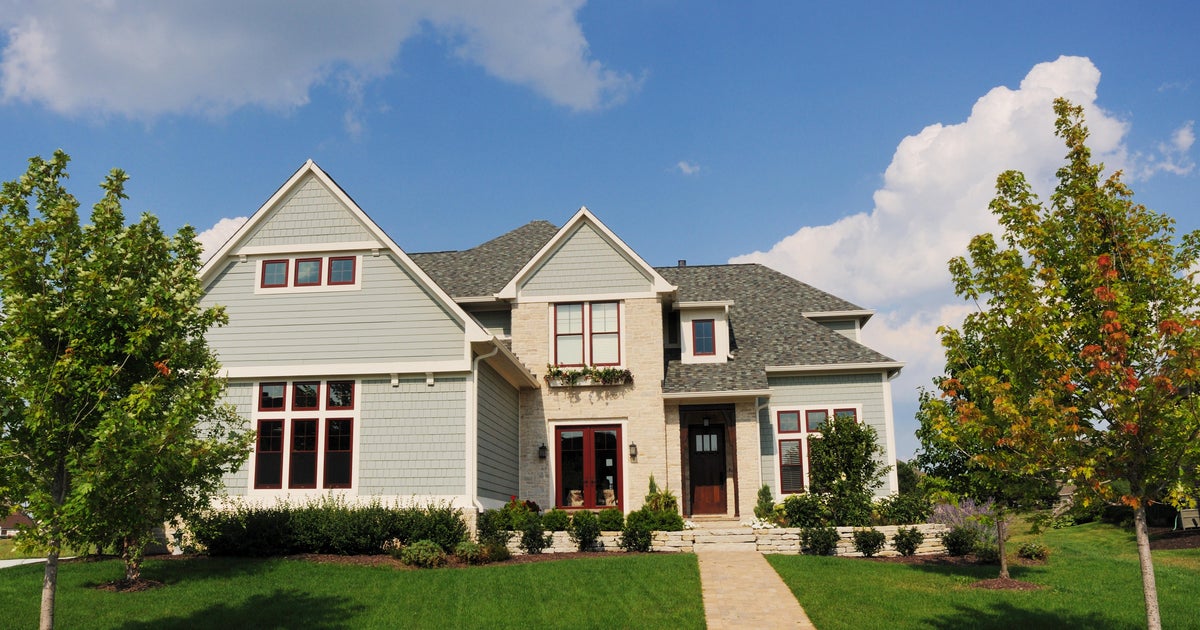Income inequality in America is at its highest level in more than 50 years
- Income inequality in the U.S. is at its highest level in more than 50 years, according to new Census data.
- The gap between rich and poor is the widest in five states: California, Connecticut, Florida, Louisiana and New York.
- Across the U.S., nine states saw a sharp increase in inequality in 2018, including in the Midwest and the South.
Income inequality is worsening across the U.S. even as the economy extends the longest expansion in the country's history. New data from the U.S. Census Bureau show that the gulf between the highest earners and everyone else is the widest it's been in at least 50 years.
For decades, income growth among higher-earning families in the U.S. has far outpaced that of lower-income households, prompting proposals from some lawmakers to increase taxes on the ultra-rich. The economy has grown for 123 straight months, or just over 10 years. That tops the previous record expansion that lasted from March 1991 to March 2001, according to Natixis.
"When you have a system where inequality is rising – and where some groups are perpetually overrepresented at the bottom of the income and wealth distribution, even when they follow the standard prescription for realizing the American Dream – it's a recipe for a politically and socially divided nation," said Cornell sociology professor Kim Weeden, director of the school's Center for the Study of Inequality.
The Census annually tracks income inequality using a standard measure known as the Gini coefficient (The number ranges from 0, which indicates that a nation's income is equally distributed, to a maximum of 1, meaning a single person collects the entirety of country's income.) In 2018, America's Gini coefficient rose to 0.485 — that is "significantly higher" than its score the previous year, according to the bureau.
Weeden added that the latest Census data don't tell the whole story, noting that wealth — which factors in assets like the value of a home or stock holdings — is even more uneven in the U.S. than income, which for most people comes from their wages and salaries.
"Many of the major economic decisions that middle-class Americans make – whether it's to start a new business or to purchase a home in a neighborhood with well-resourced schools for their children – are more closely tied to wealth than to income," she said.
States with the worst inequality
Around the U.S., income inequality is significantly higher in five states, the Census data show: California, Connecticut, Florida, Louisiana and New York. That gap has been especially visible in places like California and New York, with their sprinklings of tech and Wall Street billionaires, respectively, as well as large populations of poor and homeless people.
But inequality is also taking root in other parts of the country. Louisiana, for one, has a Gini coefficient of 0.494, making it more unequal than dozens of other states. The reason: The incomes of Louisiana's richest families have grown far more quickly than than incomes for the poorest, previous research has found.
Nine states saw a widening of income inequality last year, the Census said:
- Alabama
- Arkansas
- California
- Kansas
- Nebraska
- New Hampshire
- New Mexico
- Texas
- Virginia
Some critics contend that the new U.S. tax code, signed into law by President Donald Trump at the end of 2017, is exacerbating the problem because the lion's share of the tax breaks go to the wealthy.
Meanwhile, Senators Bernie Sanders and Elizabeth Warren, who are both campaigning for the 2020 presidential election, have rolled out separate wealth tax proposals. While they vary on the details, they both propose raising taxes on the assets of the ultra-rich and using the additional revenue to fund social programs such as education and health care.



